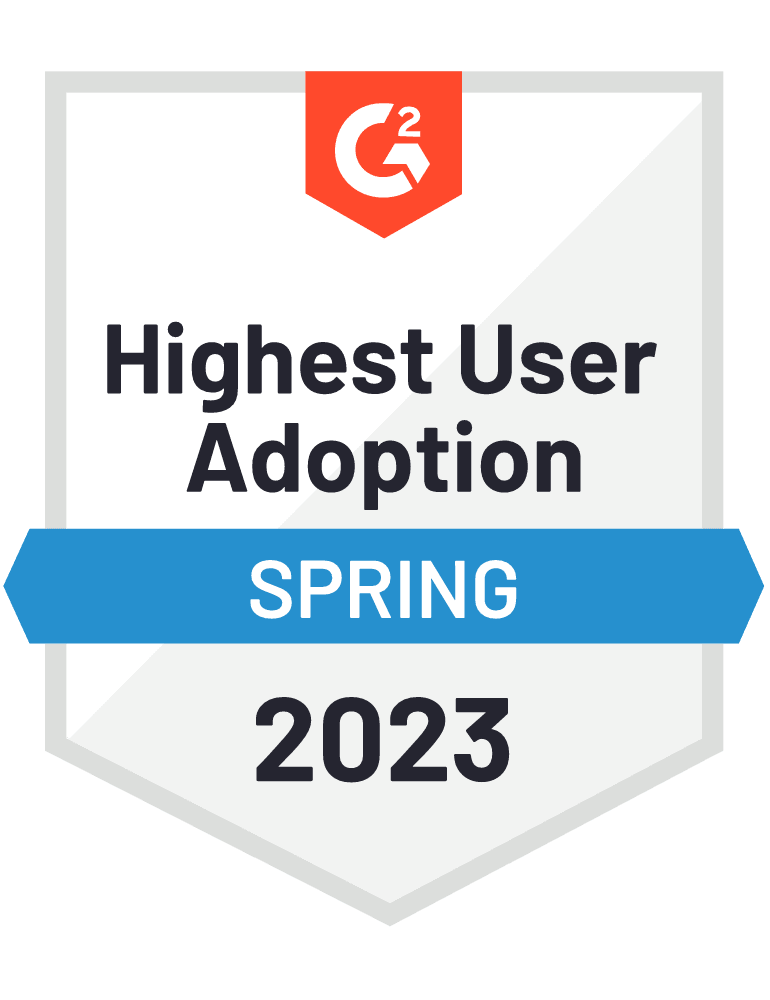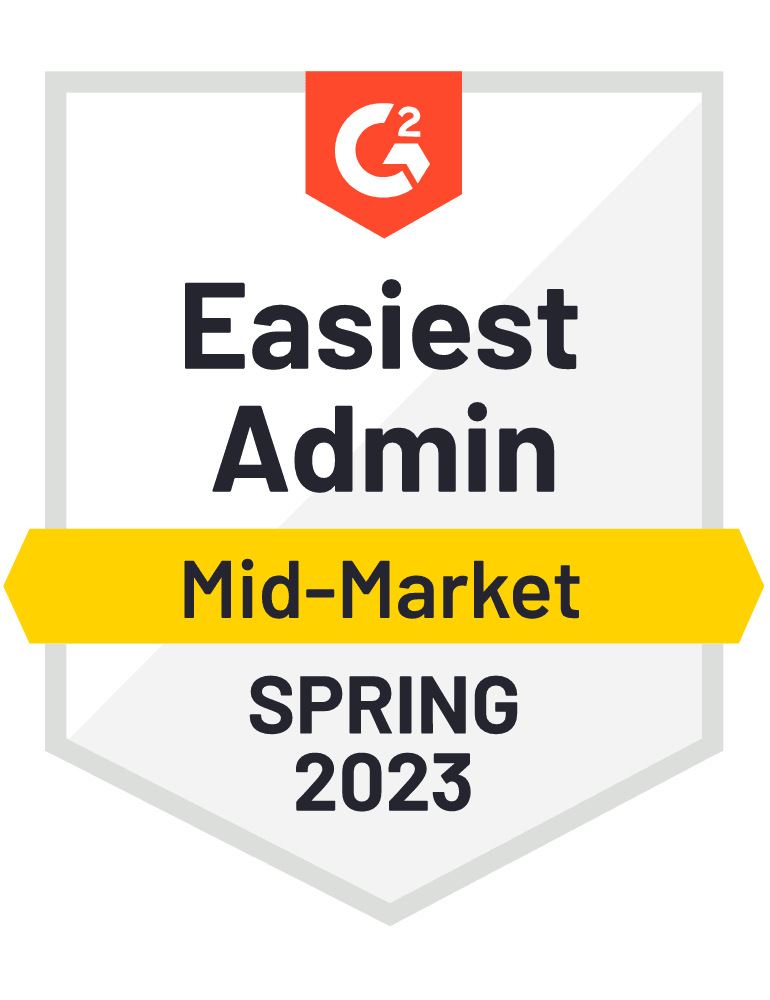Anyone who has ever searched for hiking, backpacking, or biking trails would know that websites or apps can give you very detailed instructions on what to expect along the way. But while apps or trail webpages provide some aid, it’s also best to have a guide that tells you what you will see and expect at certain markers. This will give you some reassurance as you journey in the wild.
Similarly – and now more than ever, with the many new and unexpected hurdles and compliance regulations changing every minute due to COVID-19 – you need an HCM software company that will guide your organization so you can avoid any obstacles along the way; and that might mean having to change your provider.
But oftentimes, like hiking, people don’t know what to expect when going through a payroll transition. Even worse, most people don’t want the transition, they want the result (Understandably so!): better service, more functionality, a higher ROI – all the reasons why you decided to switch in the first place.
Before we discuss the details of what to expect while navigating a payroll transition, let’s do some of the prep work and explore some ways to make this transition as uneventful as possible.
Once You Have Chosen Your Campsite
Okay, maybe not a campsite, but in this case, once the ink has settled and that paperwork has been signed with your new provider, you should expect upfront:
- A friendly introduction to the implementation specialist or team assigned to your account.
- A transition calendar or project plan outlining all the details you need to know before you submit your first payroll with your new provider. These details should include expectations on who does what work and when. For example: You (the client) need to provide all your prior payroll information in order for your HCM company to load in the balances to ensure your employees’ W-2s are correct, amongst other things.
- Clear direction on when to terminate with your current provider, along with an explanation for what happens to your taxes, quarterly reports, and year-end – especially if you switched mid-quarter or mid-year.
How Long Should It Take?
With any good hiking website, you’re told the distance and how long your journey should usually take from start to finish, but at the end of the day, it all depends on the trail’s conditions and any difficulties along the way. In the same way, when it comes to the estimated time for a payroll transition, the operative word here is should. A lot will depend on the number of employees your organization has, the complexity of your payroll, how many products you’ve purchased, and your new provider’s processes.
With all of that said, some guidelines to consider include the following. (Remember, you need to be trained on your new system and have all prior data loaded from the current year!)
- If you have under 50 employees: anywhere from ten days to a month
- If you have 50 – 100 employees: anywhere from one to two months
- If you have over 100 employees: the safest bet is around two months
What Gets in the Way of Starting on Time?
Your new provider will need to collect a fair amount of data from you. This should include:
- Verification of federal and state employer identification numbers and banking information.
- Proof of prior quarter deposits and filings – this will ensure your new provider can reconcile all your tax payments and filings, making your year-end with your new provider accurate and eliminating any drama!
- Current year-to-date wages, employee W-4 information, employee demographic information, direct deposit information, scheduled earnings and deductions, garnishment orders, payee information, etc.
- Records of FFCRA leave wages paid and credits taken, as well as any employee retention credits or social security deferrals under COVID-19 provisions.
Now that you know what is needed, you can ask yourself – how easy is it to get access to my information in the system I am currently using? Do I understand what my new provider needs?
Here’s What Nobody Tells You:
- Training and the new system. Learning takes time and patience, especially now with COVID-19 regulations and remote working. Yes, a great user interface helps, but you need time in the system to learn and understand it. That means dedicating training time with your implementation team and asking questions.
- Double and triple check. While technology is advanced, and not every figure has to be manually keyed into the new system by your new provider, you have to make sure that old mistakes don’t get carried over. Things like – are my employees‘ names correct? Or, is this their new or old direct deposit information? And that brings me to another point – terminated employees that worked in the current calendar year need to be in the system too – after all, they will get a W-2.
- Limbo land. While you are still with your old provider and implementing a new provider, you need to remember to communicate – “ghosting” them is not an option. During that time, you can’t just end things; you still need them, you may still have to run a few payrolls (so those balances need to be loaded) and make some changes. Did you hire a new person who hasn’t been paid yet? Did you change wages, deductions, or direct deposit? These are things that need to be shared with your implementation team so they can make sure nothing gets missed during that time frame.
- Let your employees know when you go live with your new provider! Your employees don’t care that you have switched providers, but they do care about how they can access their own information. Employee self-service is a must these days, so they too will have to create a new login to view their old pay stubs, request PTO, and more!
- Parting friends with your old provider. Once again, you cannot “ghost” your old provider, trust us on this. There needs to be a written notification to your old provider detailing the termination (with a date) and what you would like them to do! If it is mid-quarter, do you want them to refund or deposit the un-deposited funds? Your new provider can coach you on how to handle this, but since you were the one in the relationship, you have to handle the breakup. It will ensure that you won’t continue to be billed – nobody likes to be billed by two providers at once!
Congratulations! You just survived the wild journey of a transition! Implementing an HCM software suite may not be as exciting as hiking or biking in the wild, but knowing what to expect will make the payroll transition journey that much easier. I can assure you that anyone that promises that you can “set it and forget it” may be trying to sell you on an unrealistic journey that can leave you lost on the trail.
A transition, just like a hike, does not have to be a painful, all-consuming burden, but it definitely requires teamwork between you and your new provider. And once you start going, you can then focus on what really matters, and that is getting back to what makes you money and brings you smiles – your company! Happy HCM shopping!
Want to see an example of a remarkable payroll solution with a remarkable Client Service Team (that makes transitioning easy)? Check out our payroll software page.
This information is for educational purposes only, and not to provide specific legal advice. This may not reflect the most recent developments in the law and may not be applicable to a particular situation or jurisdiction.










